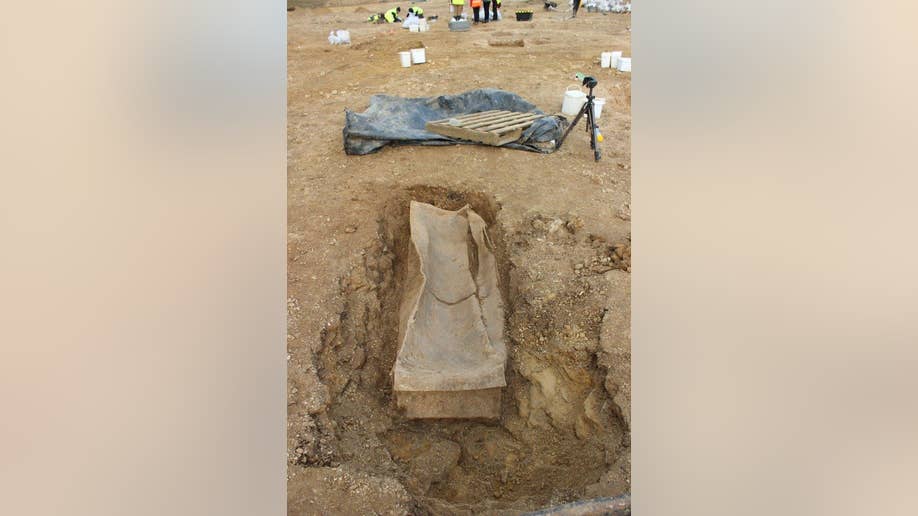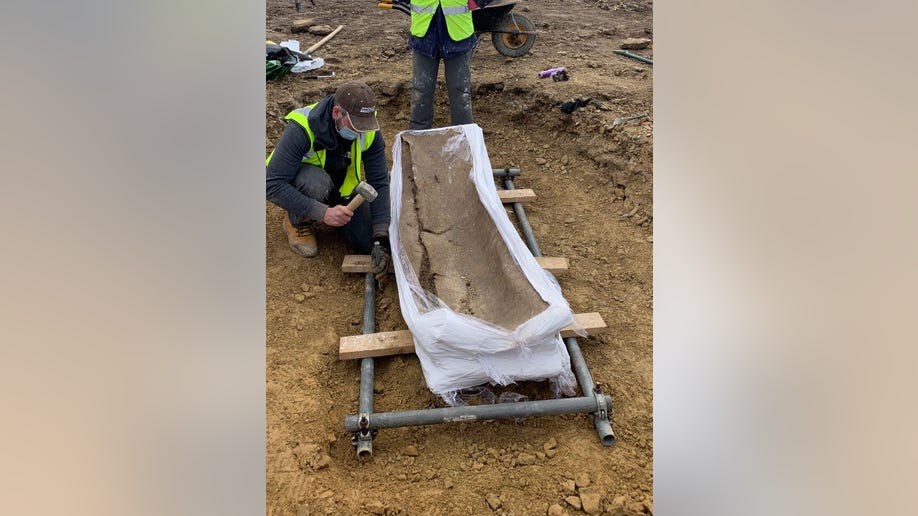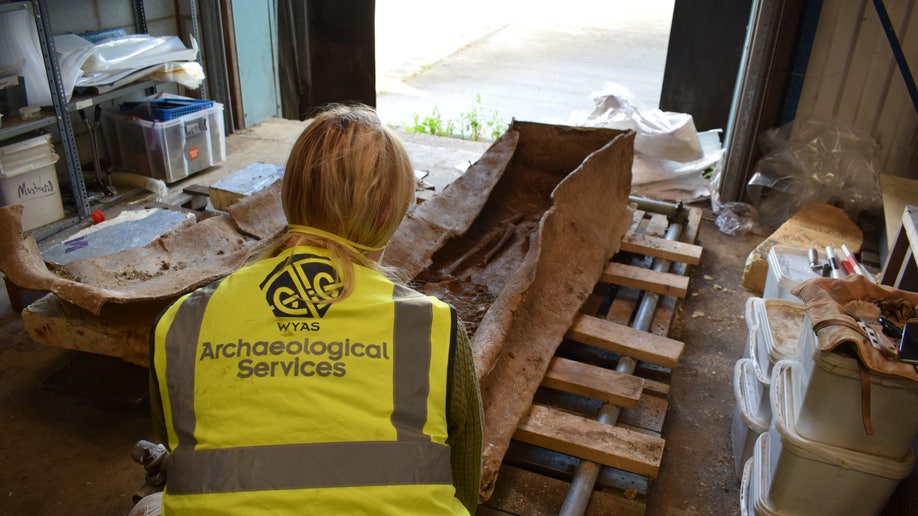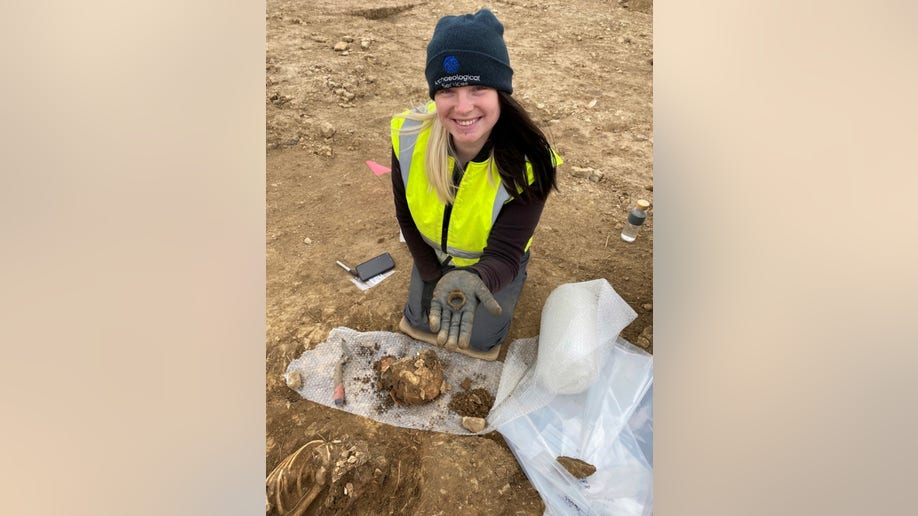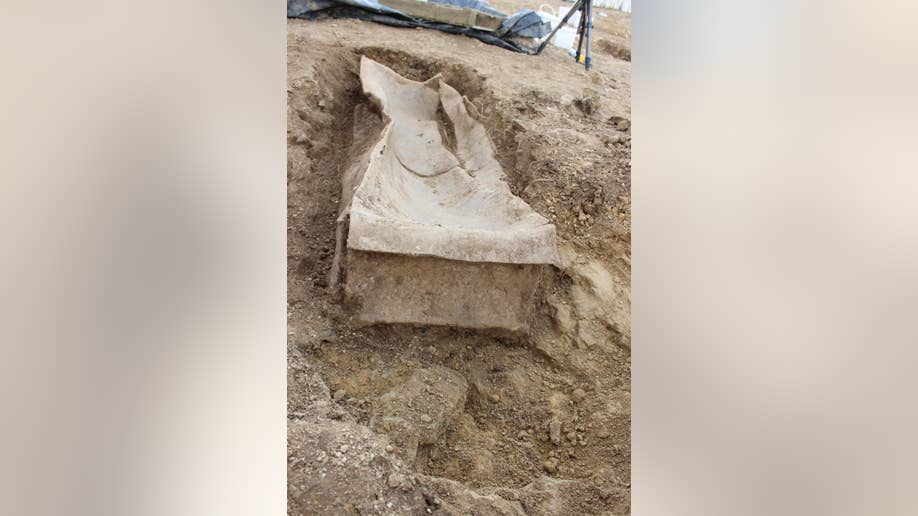close 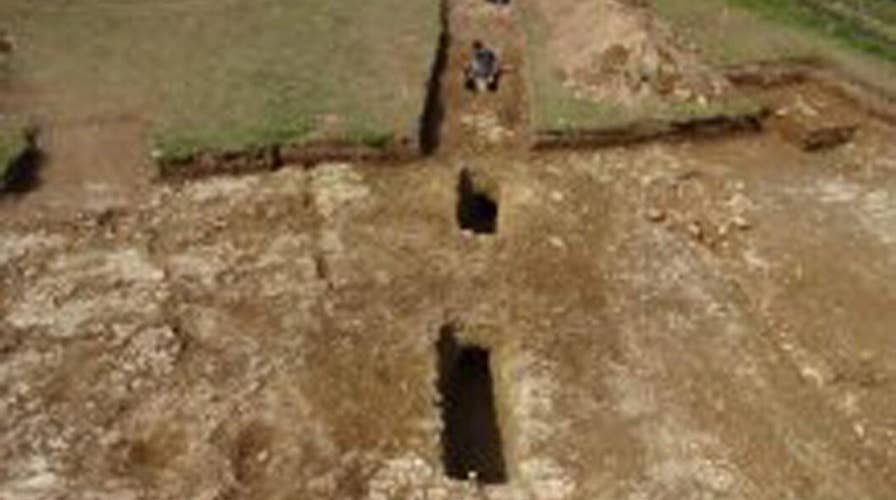
Ancient Roman mine with ‘some of world’s richest mineral deposits in the world’ discovered in England
Surprise Ancient Roman mine discovered in Cornwall, England.
Archeologists are hopeful that an ancient Roman aristocrat’s remains recently unearthed in northern England will shed light on the region’s transition from Roman rule to the Anglo-Saxon kingdoms that followed around 1,600 years ago.
Described as a “once-in-a-lifetime find,” the cemetery contains the remains of both late-Roman people, such as the lead coffin in which an aristocratic woman was buried, as well as the remains of early-Saxon people.
“The presence of two communities using the same burial site is highly unusual and whether their use of this graveyard overlapped or not will determine just how significant the find is,” David Hunter, principle archeologist for West Yorkshire Joint Services, said in a statement on Monday. “When seen together the burials indicate the complexity and precariousness of life during what was a dynamic period in Yorkshire’s history.”
The cemetery was first discovered last spring near Garforth, a town in Leeds. Its existence was kept a secret over the past year so that archeologists could safely excavate the area and perform necessary tests.
The remains of 60 men, women, and children are located in the cemetery, with evidence of burial customs from both Roman and Anglo-Saxon people.
ARCHAEOLOGISTS IN EGYPT UNEARTH SPHINX-LIKE ROMAN-ERA STATUE
As the Roman Empire pulled back from Britain in the 5th century AD, Germanic tribes – including the Angles, Saxons, Jutes and Frisians – began arriving, according to the UK-based Historical Association.
“There is always a chance of finding burials, but to have discovered a cemetery of such significance, at such a time of transition, was quite unbelievable,” the on-site supervisor for the excavations, said Monday.
Authorities still have not released the exact location of the cemetery, but noted that it was unearthed after Roman stone buildings and some early Anglo-Saxon structures were found nearby.
CLICK HERE TO GET THE FOX NEWS APP
Now a team of experts will carbon date the remains to identify an exact timeframe for when cemetery was actively used. Other tests may be able to reveal ancestries of those that are buried, their diets, and other illuminating details.
Paul Best is a breaking news reporter for Fox News Digital and Fox Business. Story tips and ideas can be sent to [email protected] and on Twitter: @KincaidBest.

